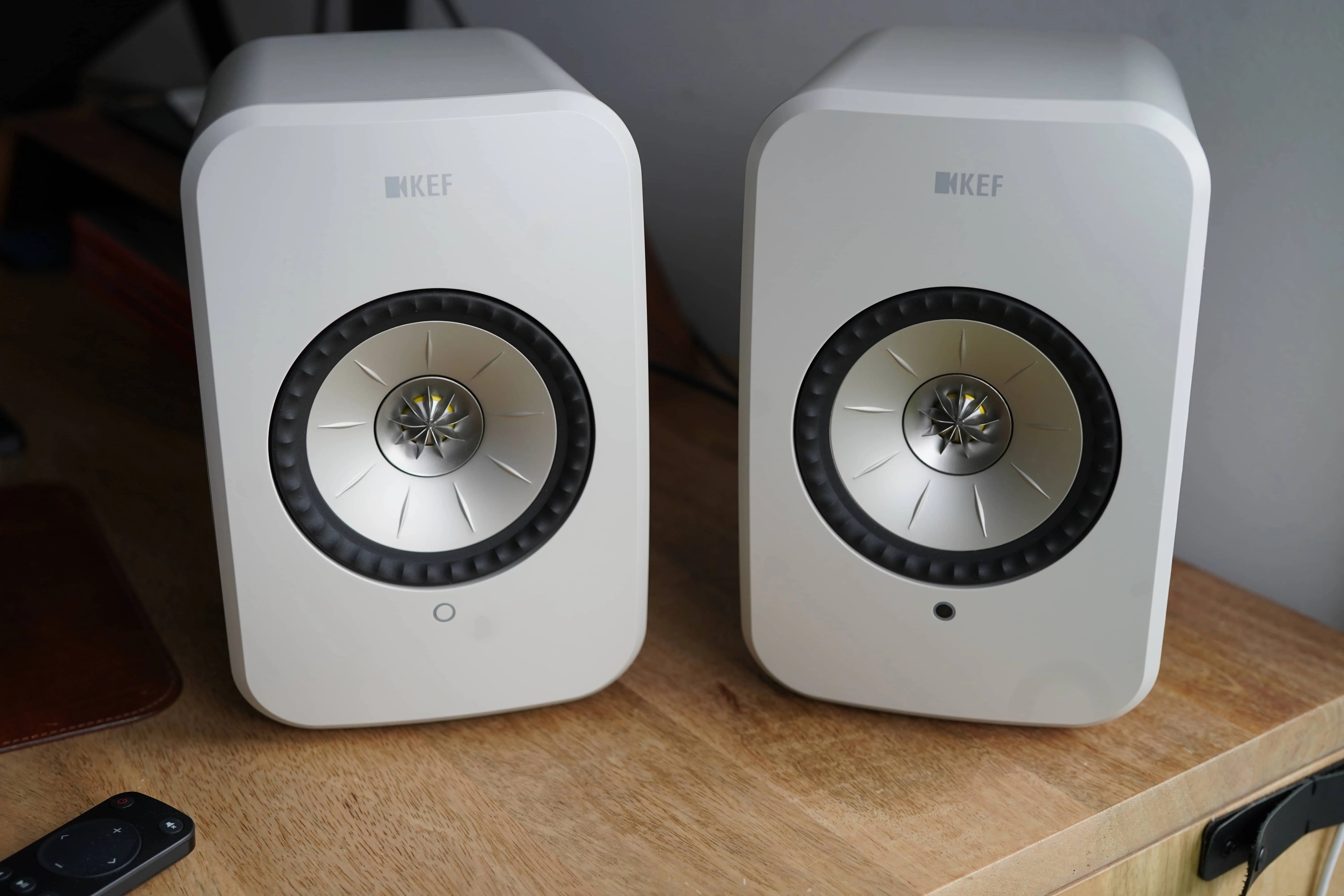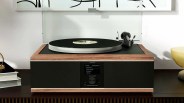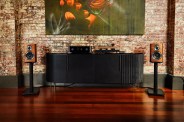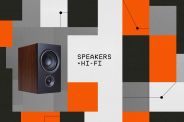The search for the perfect active speaker system will undoubtedly lead you toward the KEF LS50 Wireless II. For years it has been considered the gold standard for active speakers — taking the place of its predecessor, the LS50 Wireless — delivering the ultimate combination of power, sound fidelity and versatility. You can stream music to them however you want. You can hook them up to basically anything, be it your turntable, computer or TV. And they’ll sound superb.
If there’s an issue with the KEF LS50 Wireless II speakers, it’s that they’re expensive and large. The pair costs $2,500 and the speakers, which are the size of studio monitors, together weigh nearly 45 pounds. The good news is that KEF also offers the LSX II, which is essentially a more compact and more affordable version of the LS50 Wireless II. A pair costs $1,400.
If that’s still too rich for your blood, KEF introduced an even more affordable active speaker system in early 2024: the LSX II LT. It costs $1,000 and is nearly identical to the LSX II. The speakers are the same size and shape, and they have the same UniQ driver array — which places the tweeter right smack in the center of the mid/bass driver — that is signature KEF. They also have most of the same streaming capabilities and analog connections.
“The LT is kind of a cool thing — it comes out of the automotive [industry],” says Jack Sharkey, a Senior Technical Engineer at KEF. “If you buy the LT version of whatever you’re getting something that’s maybe got a little less trim, maybe it doesn’t have seat heaters or leather, things like that, but it’s still the same ride and it’s still going to get you somewhere.”
Of course, KEF made some compromises to shed $400 off the price of its LT active speakers. But according to Sharkey, those tradeoffs aren’t as big of a deal as you might think. And depending how you’re planning on using the speakers, they might not be an issue at all.
Only one LT speaker requires power
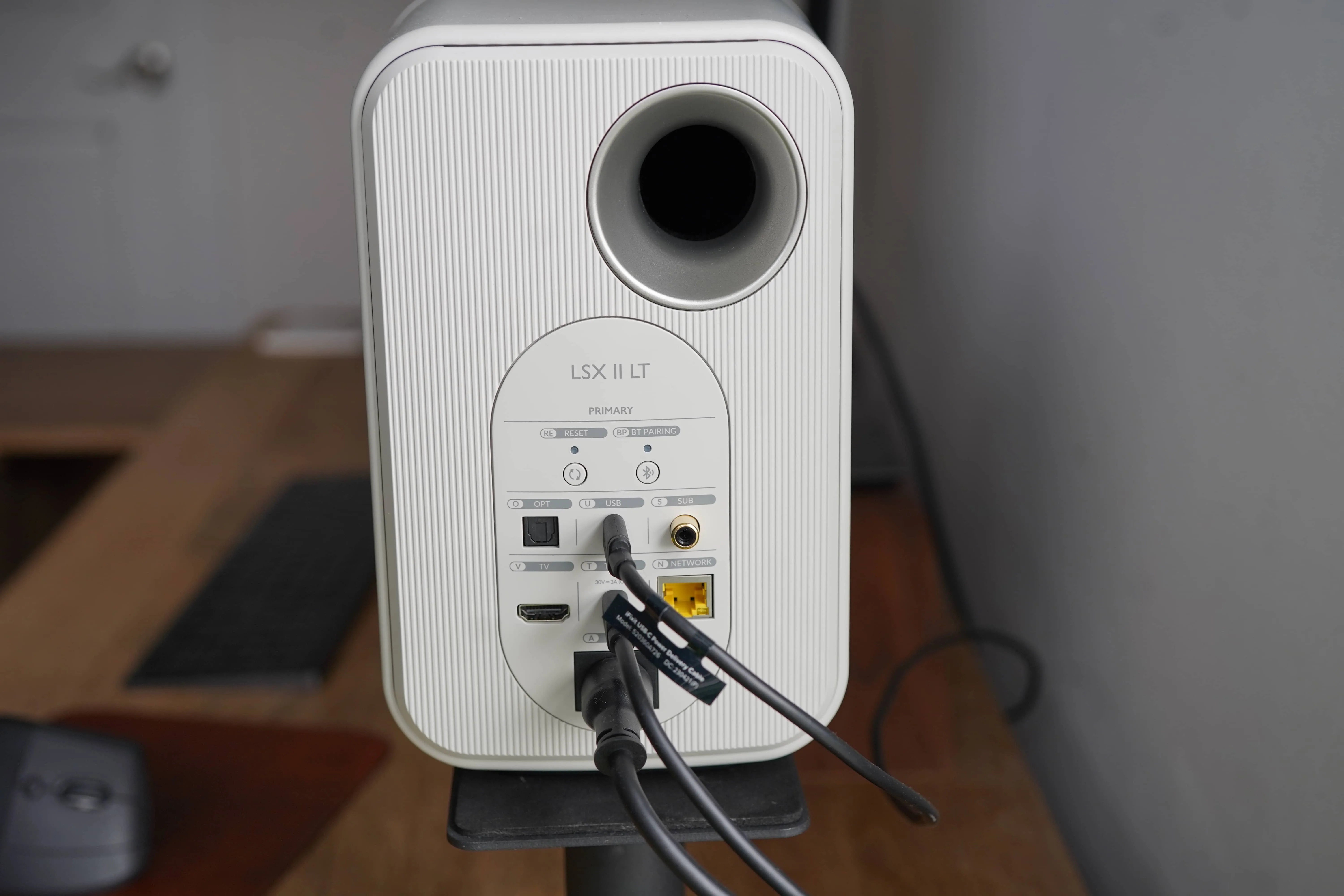
The biggest design difference with the LSX II LT is that, unlike the LSX II, only one speaker needs to be connected to power. The power for the secondary speaker is transmitted via the USB-C cable (specifically a P-Link) that connects both speakers. This does not mean that the LT speakers are significantly less powerful, however.
The LSX II LT has 200 watts of total power just like the LSX II — KEF gave the LSX II LT’s primary speaker an upgraded power supply to handle it all. Each speaker is still powered by a 30-watt Class D amplifier for the highs and a 70-watt Class D for the mids and lows.
Putting the power supply in just the primary speaker is one of the key factors for KEF being able to lower the price.
They sound almost as good
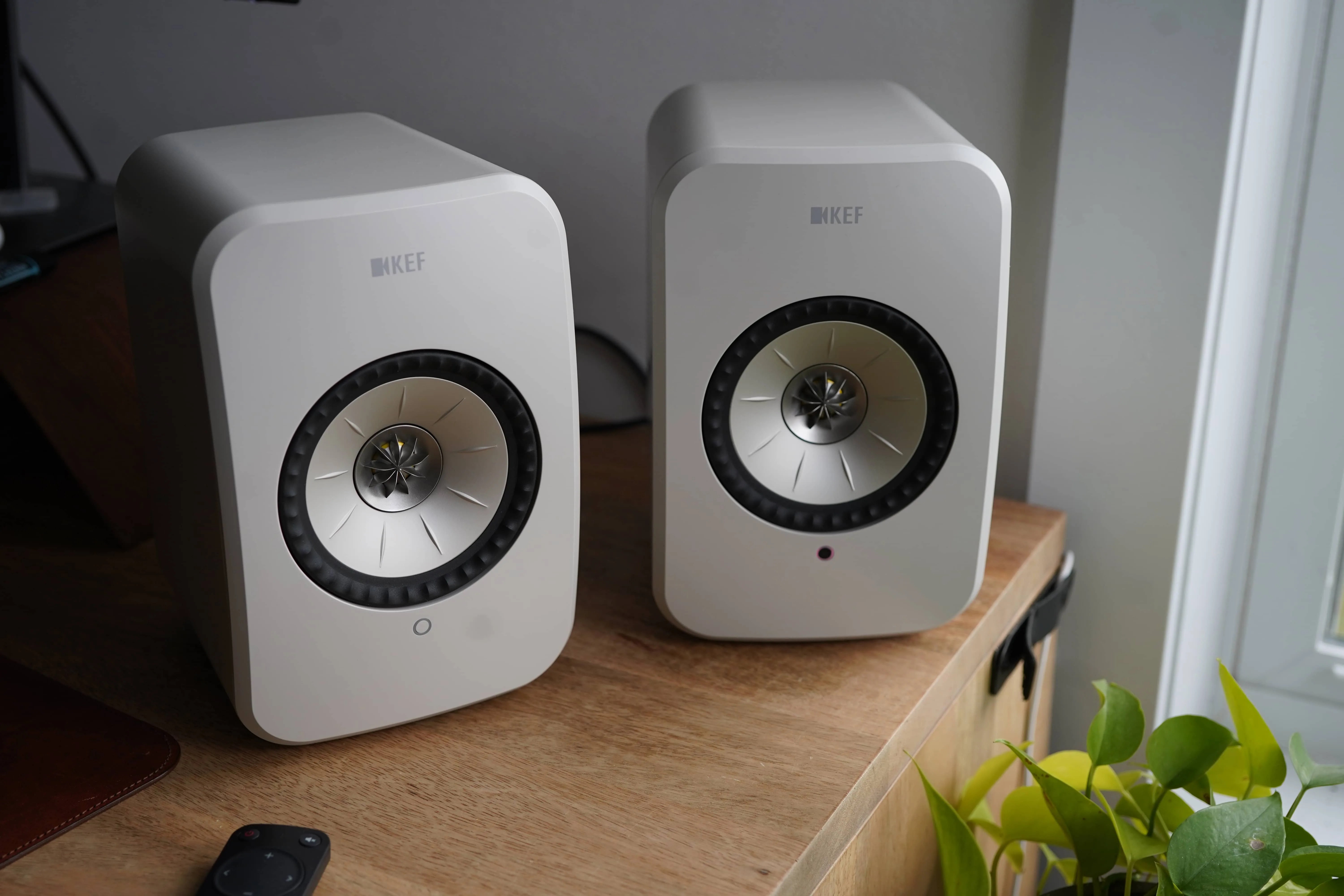

The LSX II LT speakers sound almost as good as the LSX II. They have the same drivers, same power and support most of the same audio formats, including FLAC, WAV, DSD files and lossless audio up to 24bit/384kHz. When listening to the two different speakers, it’s going to be tough to tell the difference.
If you’re grasping for straws, Sharkey says the LSX II speakers are a little better for critical listening.
“You’ll hear a little bit better separation,” he explains. “The speakers are going to actually work a little bit easier [since] they have their own amplifier, but it’s not a real big difference sonically. Somebody with really well trained ears is probably going to pick up a little bit better clarity, but I’m really hesitant to go that far because it’s such a minimal difference.”
There are two caveats, however. Unlike the LSX IIs, the LT speakers don’t support Master Quality Authenticated (MQA) tracks and they aren’t Roon Ready. So if you listen to a lossless streaming service with MQA tracks, like Tidal, or you have a Roon system at home, the LSX II speakers are going to be a better bet.
Both speakers need to tethered together, always
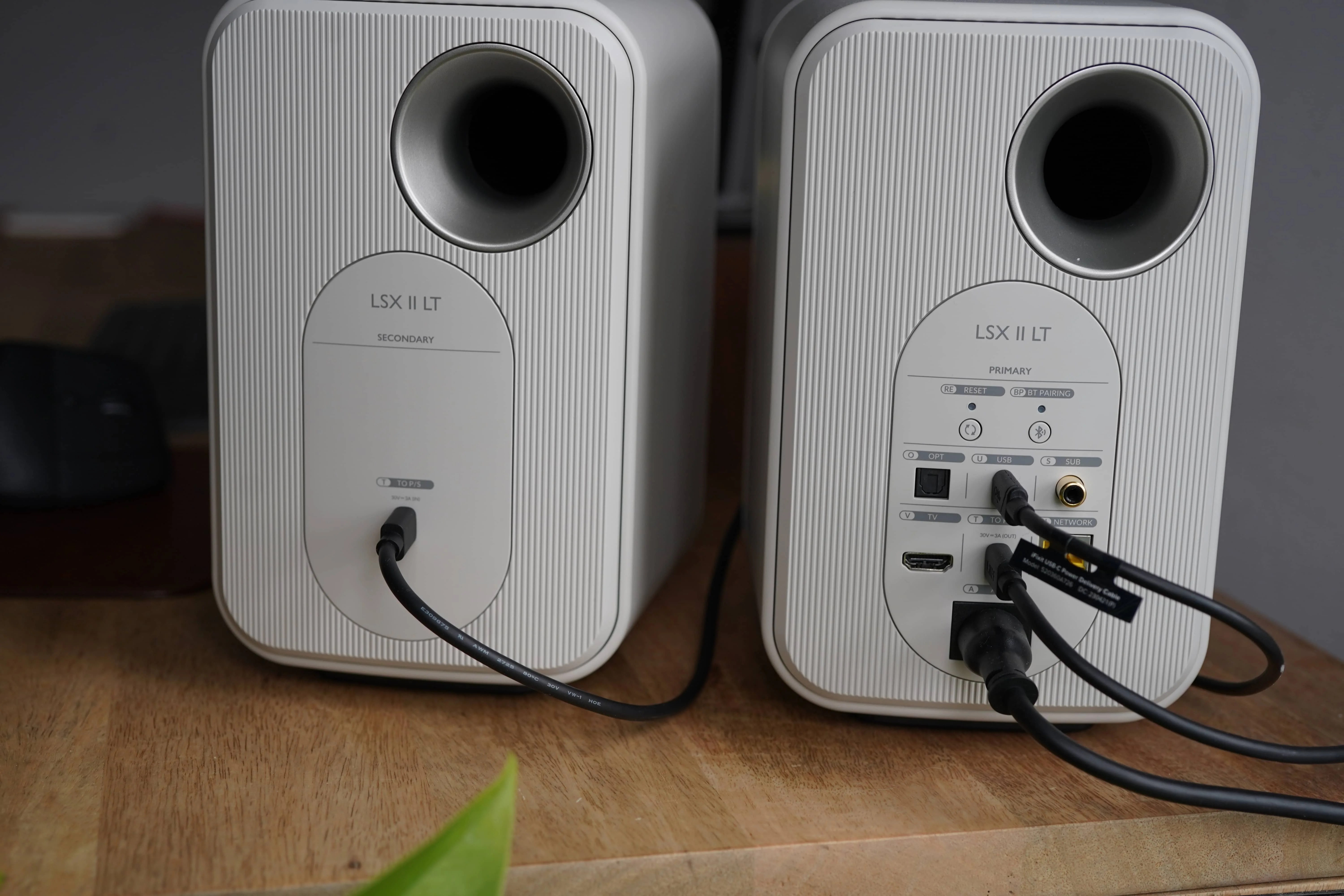
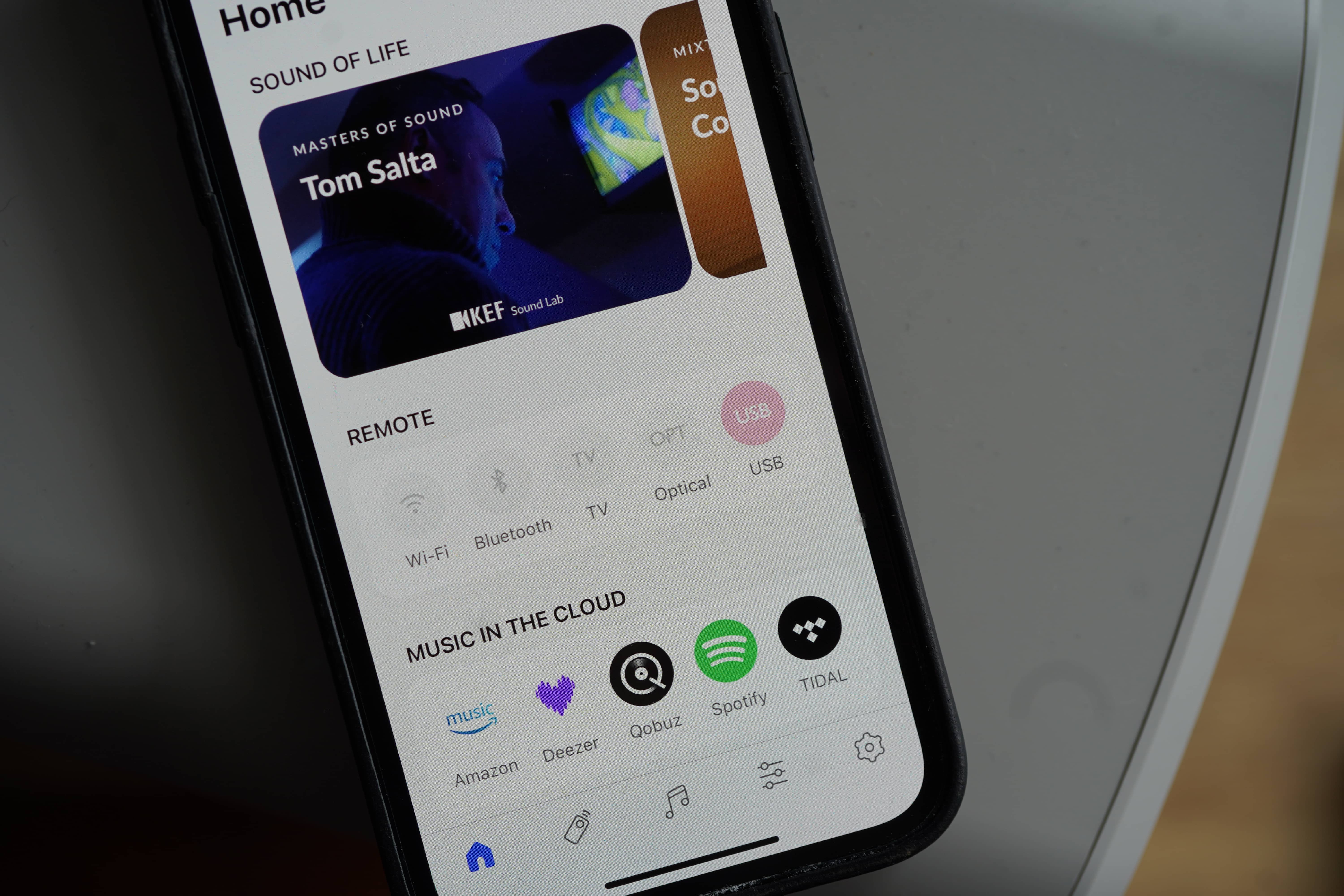
The other big design difference with the LSX II LT system is that both speakers need to be tethered together — via an included USB-C cable — at all times. This is due to the fact that all the components are integrated into the primary speaker; the secondary speaker can’t function without being hardwire to it.
This is different from the LSX II system, which works whether the two speakers are tethered together or not. If the two LSX II speakers are tethered together via the USB-C cable, they can play a little high-resolution lossless audio, however.
The main downside of this tethered connection is that it gives you less flexibility to place the LSX II LT speakers anywhere you want in your room. There’s an included 9-foot cable in the box, but KEF sells an even longer C-Link cable directly for those who need it.
They’re best paired with your computer or TV, but not your turntable
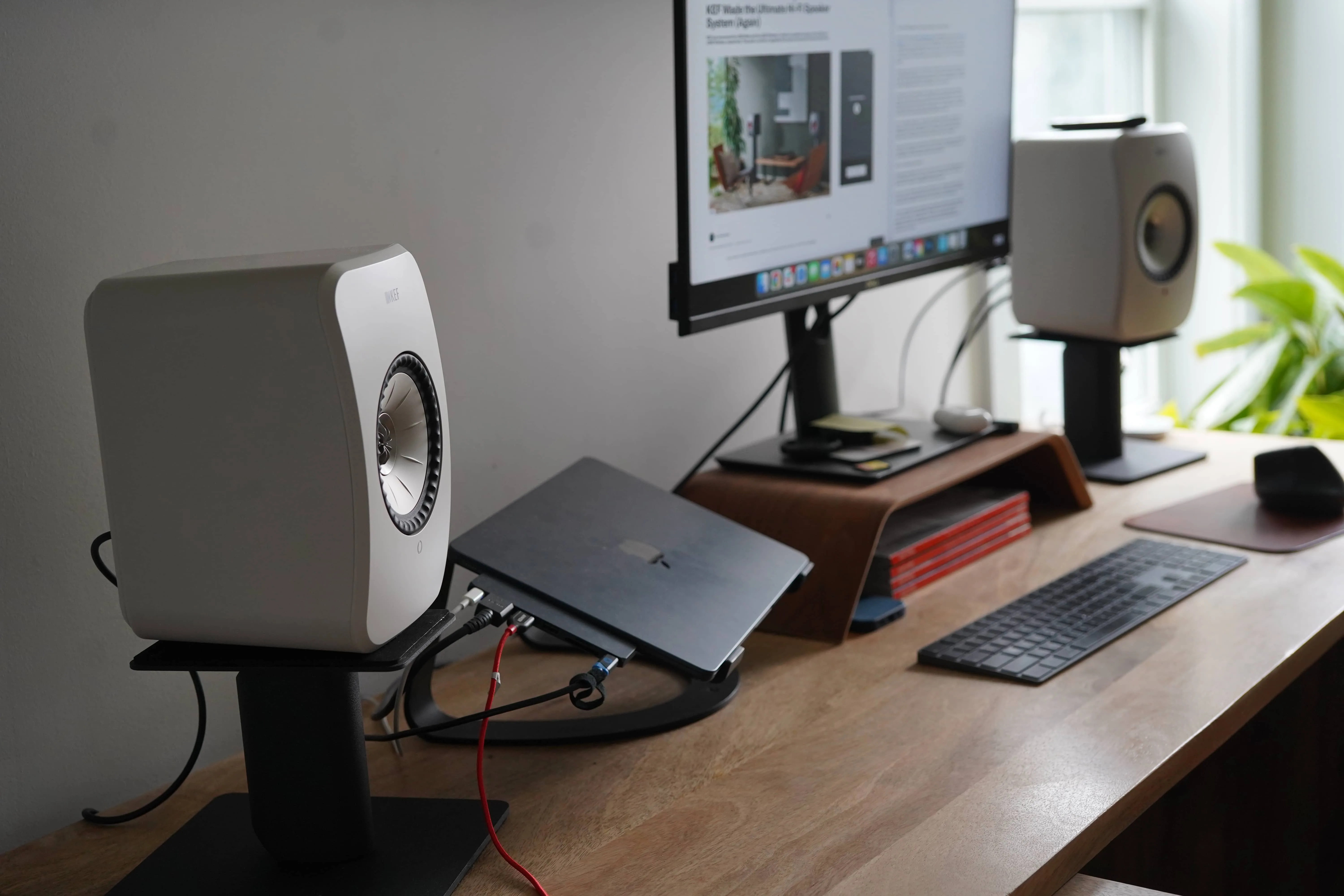
The LSX II and LSX II LT systems are obviously quite similar. When asked who should consider buying the LSX II LT over their more expensive siblings, Sharkey says it comes down to three things: sound quality, price and turntable connectivity — the latter of which is the last big tradeoff.
Unlike the LSX IIs, the LT speakers lack an analog AUX input. This makes them more difficult to connect to an older analog source — specifically a turntable. You can still use a USB-C port to easily connect them to your laptop — or an HDMI ARC to connect them to your TV and use them as an alternative to a soundbar. Sharkey suggests they’re best used as computer speakers, TV speakers or just general home wireless speakers.
“If you’re a person who is, maybe not an audiophile, but you still want to experience that really crisp high-quality sound, that’s really where [the LTs] are going to fall,” he says. “They’re for somebody who wants that heightened experience but isn’t on the budget just yet to do that.”
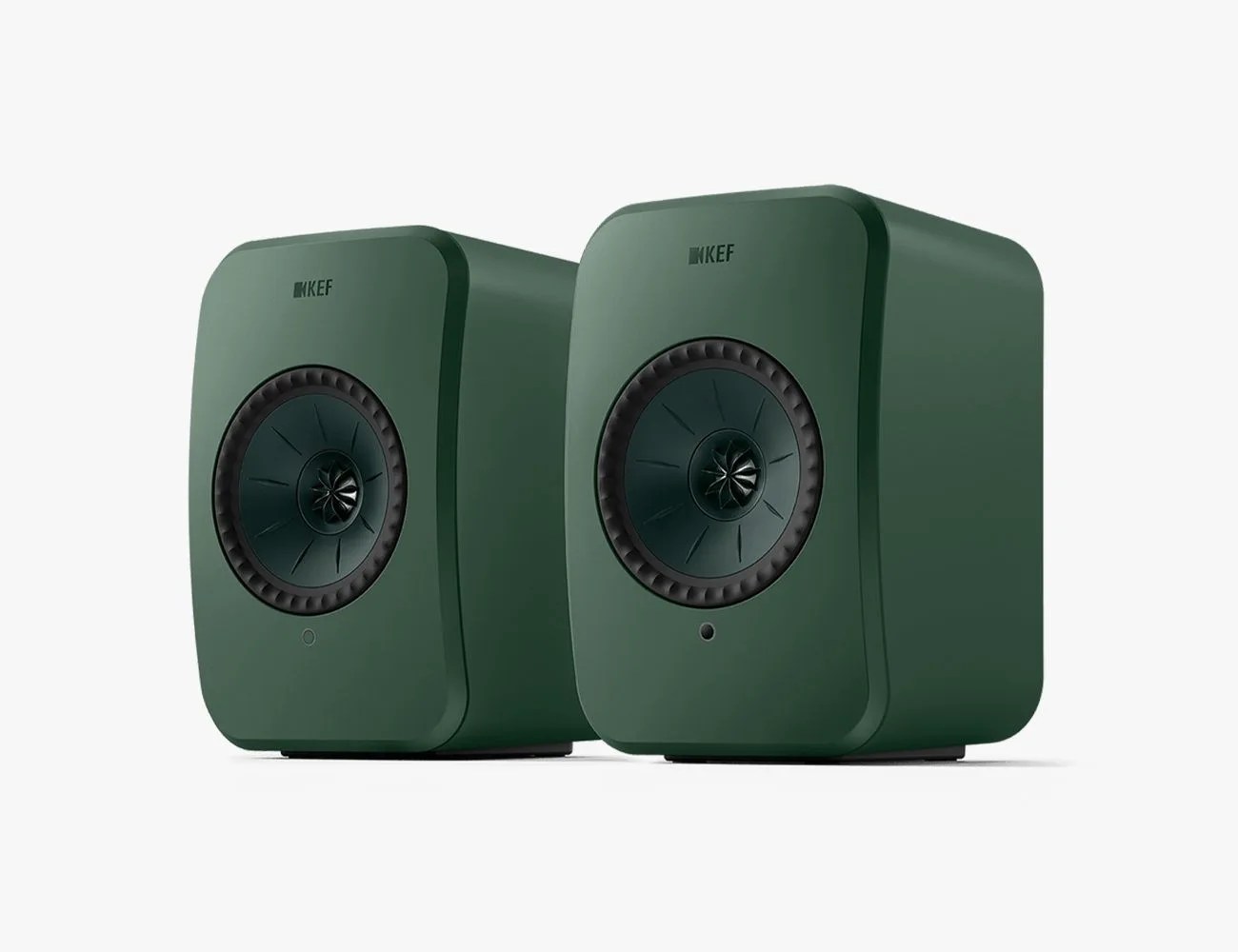 KEF
KEFSave $99
KEF LSX II LT
The KEF LSX II LT is a more affordable version of the fantastic LSX II active speaker system. The LTs have most of the same wireless and wired capabilities. The big difference is that the power supply is built into the primary LT speaker and thus the two speakers need to be tethered to each other at all times. That’s a welcome tradeoff considering these new speakers are $400 cheaper.
Specs
| Power | Up to 200 watts |
| Resolution | Up to 24bit/384kHz |
| Connectivity (wireless) | Wi-Fi and Bluetooth |
| Connectivity (wired) | HDMI eARC, Toslink optical, digital coaxial, USB |
Pros
- KEF's most affordable active speaker system
- Similar look and sound as the LSX II
- Super versatile speakers with a wealth of analog and wireless connections
Cons
- Lack a dedicated AUX input
- No support for MQA files
- Speakers need to be tethered at all times
-
$999.99 (10% off)
